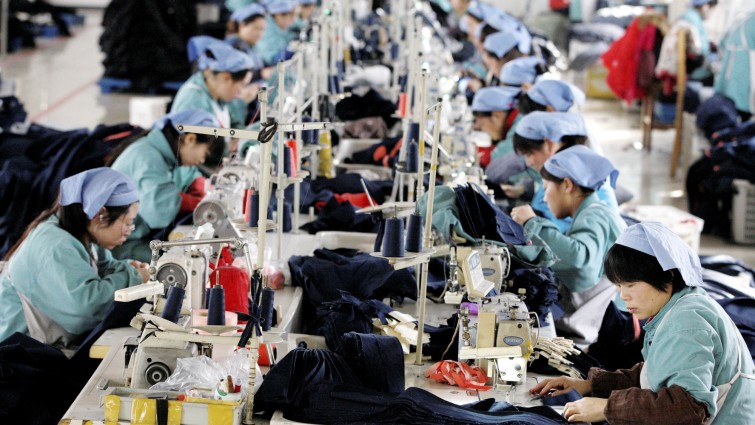About the project
"Made in Sweatshops, Paris-Shanghai (late 19th-late 20th centuries)" offer a new way of thinking about female work and the gender of technologies by re-evaluating:
- the relationships between bosses, middlemen and female workers, and
- the links between techniques, qualification, workers losing skills because of one-sided work and gender,
Goal
The overall aim for the project was to show how technologies are fuelling the misery of female labour and the depletion of industrial products. This is a development fostered by the rise of neoliberalism.
The project analysed workshop techniques and compared two major manufacturing centres.
There are four specific objects the project looked closer at:
- The technological: tools, machines and documentation related to creation and manufacturing workshops.
- The origin of the workers: the different positions they occupy in the workshops, the specific tools for each position, the division of labour.
- The means of reproducibility: the material culture underlying standardisation.
- Industrial and artistic property: including designs, patents, inventions and innovations, inventors and innovators.
Financing
This project received funding from the European Union’s Horizon 2020 research and innovation programme under the Marie Skłodowska-Curie grant agreement nr. 101024003.
